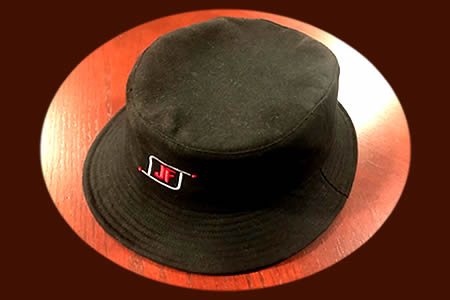Faraday clothing is a novel type of protective clothing designed after the silvery lining that is part of an afghan dark hat. Although almost all of it is V-neck t-shirts, it is not intended to be worn with out protection for vital organs. You can also purchase Faraday clothing for pregnant women, which includes floral lace camisoles and the maternity clothes.
Fabrics used within faraday cages
Faraday cages are made from materials that are impervious against electromagnetic radiation. Fabrics made from copper, nickel, and polyester happen to make excellent faraday cages. These supplies are corrosion-resistant robust, durable, lightweight and stylish. The materials also offer the highest level of blocking against radio frequencies.
The materials used in the production of Faraday cages may be either very thin or even thick. The thickness of the material is a factor in the level of insulation it is able to provide. However , thin layers are merely equally effective as thick ones.
Fabrics used in the quest for darkness and hats
Typically , the Mission Darkness cap is really an incredibly comfy snapback with a curved-visor. It fits most head measurements comfortably and is constructed of lightweight, flexible fabric. The front and side vents allow about airflow, making it an ideal hat for everyday wear. However, unlike other hats that aren't as difficult, Mission Darkness hats, the Mission Darkness hat does not necessarily have an EMF shielded liner, therefore it is not necessarily ideal for use with electronic devices.
In order to make an Objective Darkness hat, one needs to buy their TitanRF Faraday Fabric kit. This kit is equipped with conductor tape. This cloth is certified to be certified by Keystone Compliance, plus it has antifungal and antibacterial properties. This cloth is designed for earthing purposes.
Fabrics that are utilized in Lambs' Wavestopper(tm) fabric
Lambs Faraday's line with clothing offers high comfort with antimicrobial and EMF blocking technology. The Wavestopper(tm) fabric uses the proprietary mixture of fibers that block 99% of harmful electromagnetic radiation, microwaves, cell phone, Bluetooth signals, and WiFi signals. The fabric is also non-toxic and antibacterial. Avoid using nanoparticules and other additives which could cause harm.
Lambs' antibacterial socks function with silver-coated cotton, synthetic and spandex. The unique design of these socks allows the creation of a unique suit as well as airflow. The cost of these socks starts at $25. If you're not satisfied with your purchase, the company will offer an unconditional refund. Typicallyeld us all from electromagnetic disturbance. Using Proteck'd Apparel involving MXene, the material blocks signals that are at frequencies ranging between the low Megahertz to 40 Gigahertz. The material is washed and is even more durable. Researchers from Drexel Nanomaterials Start have developed fabric that is coated together with this material.
This particular material is able to block electromagnetic interference better than other materials in addition to being able to conform to fabrics. Look at below for a video to discover what it looks like in action.
Silver precious metal
Silver faraday apparel works to shield the body from the effects of EMR and some other types of radiation. The fabric is composed of conductive silver fibers which typically absorb electromagnetic waves and echo them. The lambs' Faraday Boxer Briefs, for example, obstruct 99% of harmful radiation that comes from cell phones, microwaves, and WiFi. Click for source of clothing also have heat-regulating properties, anti-microbial, and moisture wicking.

Anti-EMF clothing can be found in many forms, from t-shirts and caps to socks and jackets. Most of this particular clothes are made from silver, however, other metals may be used as well.
Metals resistant to corrosion
The development of corrosion-resistant alloys for use in faraday clothes requires special understanding of metals. The particular process could be structural, and incorrect selection can result in errors in the application and unreliable results. Luckily, there is definitely an emerging market for the corrosion-resistant precious metals.
Alloys that resist corrosion must have good thermal conductivity and mechanical characteristics. They must also be an easy task to work with. They should also be able to withstand neighborhood attack and intragranular corrosion. They should also be resistant to corrosion in saltwater, the atmosphere and other natural chemicals. Metallurgical experts will be in a position to guide you within the best materials for the environment within which you work.
